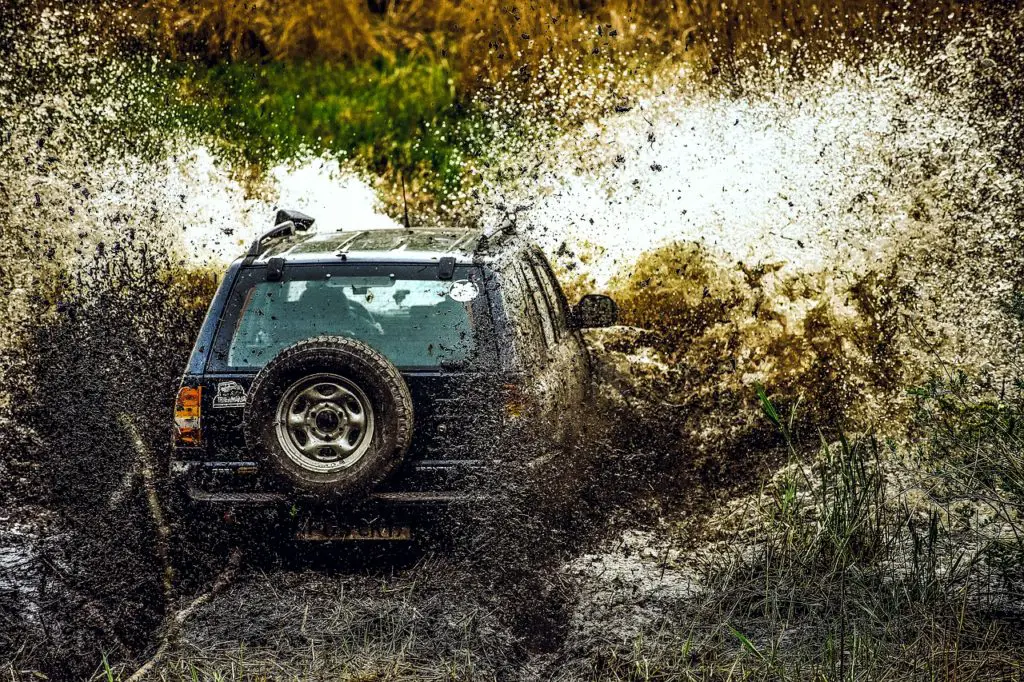The SUV, despite being originally designed to go to places where roads dont exist, has become the vehicle of choice for American suburban moms, especially in it’s on-road specialized version, the crossover. In practice though, these crossover vehicles are less conquerer of lands, and more Karen of the parking lots, and are far from the most reliable SUVs ever made (certainly not the most durable).
Me personally, I prefer reliable SUVs in the traditional sense of the word; vehicles that make more sense in the Sahara desert than they do in the Starbucks drive thru. Of these types of vehicles, these, in my opinion, represent the best examples of the breed.
Table of Contents
The Original: 1976-1986 Jeep CJ-7
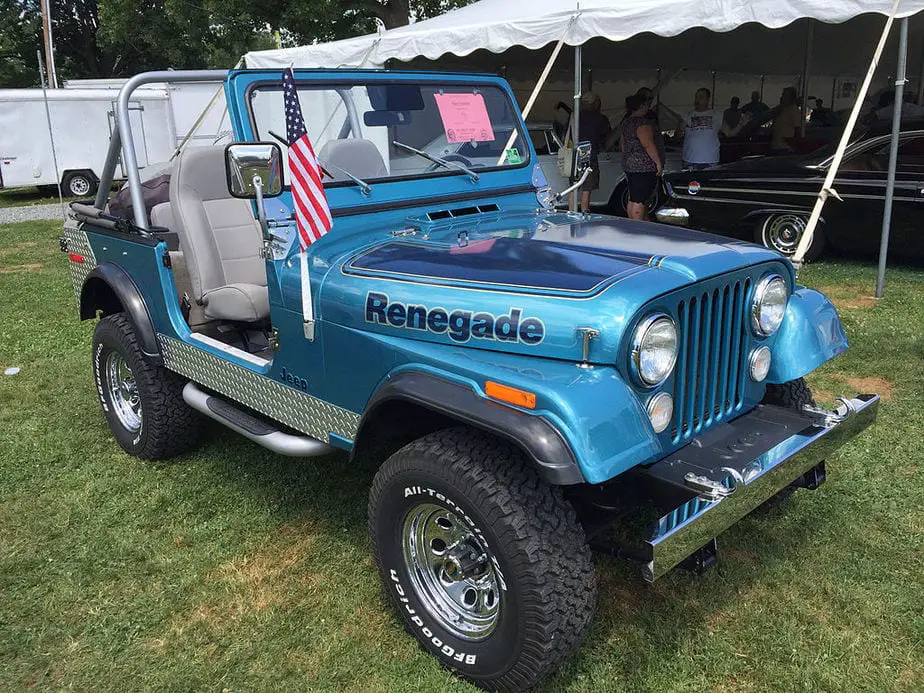
While recommending a Jeep is something I would generally not do and I am far from a fan of the brand, even I can’t deny the impact of the original Jeep. The original Jeep, for SUVs, is Genesis. Without the original Jeep, no other car on this list would even exist. It has become so iconic, and it has proven itself to be both simple and long lasting, so it rightfully deserves a spot on this list.
First developed by Bantam (formerly the U.S. operations of Austin, makers of Britain’s first widely popular domestic car, the Seven) in 1940, the design was best known for later being produced in a slightly modified form by Willys and Ford during World War II, who jointly received the U.S. government’s contract. Amazingly, the amount of time between initial concept and running prototype was 49 days, per the U.S. Army’s specifications, which at a fast pace that is unheard of in production of anything!
Despite the rushed development, the original Jeep was extremely successful during WWII and afterwards as well on the surplus market, the original design went through many evolutions over its nearly 50 year lifespan. However, the ones to get are the models at the end of then run, specifically the 1976-1986 Jeep CJ7 with the 4.2 AMC Straight 6 Motor. Why this particular version over the available AMC V8?
For one, the AMC straight 6 engine is famously difficult to kill; and is one of the most reliable engines ever made in America. A long production run for these motors that ended in 2006 means that finding parts is easy. Given the simple construction of the CJ, when paired with the AMC straight 6, it may be one of the most reliable SUVs America ever made. In addition, compared to the CJ5 models, the CJ7 has a longer wheelbase, meaning more legroom, more space, and better all-around usability. When combined with the fact that the CJ7 was the only version of the original Jeep to be available from the factory with an automatic transmission, the CJ7 is not only the most usable of original Jeeps, but also the most accessible to the buying public.
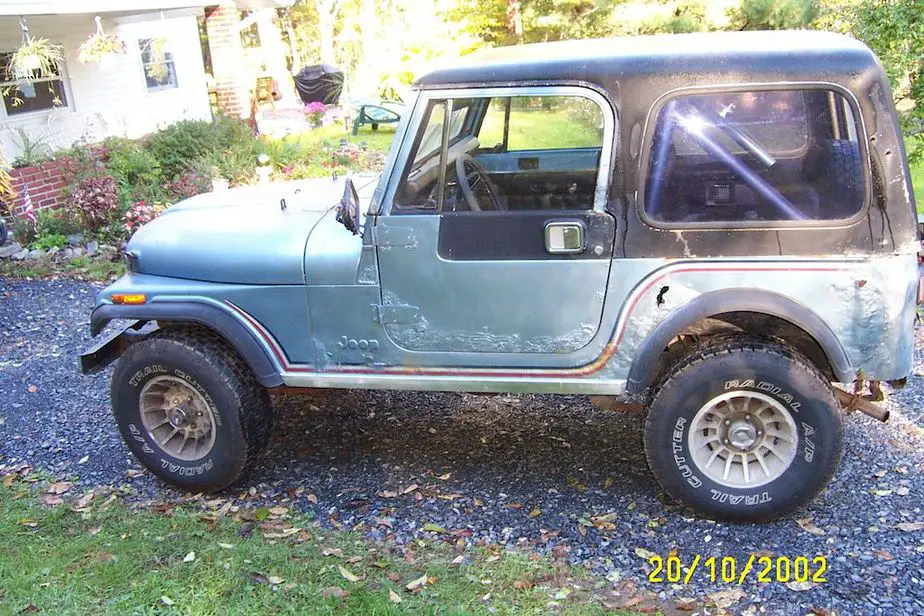
In addition, I cannot say the Jeeps made after Chrysler’s 1987 buyout of AMC are the most reliable SUVs, far from it. I can’t recommend them due to faulty, unreliable electrical systems, which I have personally seen burn down a neighbor’s house when I was a child. This means the pre-Chrysler models are the ones I would get and are the safest bet, as they have the least amount of stuff to go wrong. However, be sure for rust and frame damage, as these are nearly 40 year old off-road vehicles that were used as such. Fortunately, even if the example you find isn’t perfect, parts availability is Fox-body mustang good, as nearly every part to fix these 4X4s is readily available in the U.S, including new frames and tubs. If you do decide to go with the V8 for additional power, just note that, while otherwise solid, the AMC V8s have oiling issues, meaning, if fixed, the durability is good, but not as good as the straight 6, so decide if the tradeoff is worth it when looking for one.
Luckily, the current classic SUV craze hasn’t inflated Jeep CJ prices to insanity like original Ford Broncos, so prices remain affordable in comparison. For a running, driving, relatively unmodified example in decent shape, expect to pay around $20k USD.
Overall, if you want one of the most iconic and important SUVs in history and you are on a budget, the original Jeep is the vehicle you want, and a compelling choice in the classic SUV market.
The Rally Winning Legend: 1982-1999 Mitsubishi Pajero
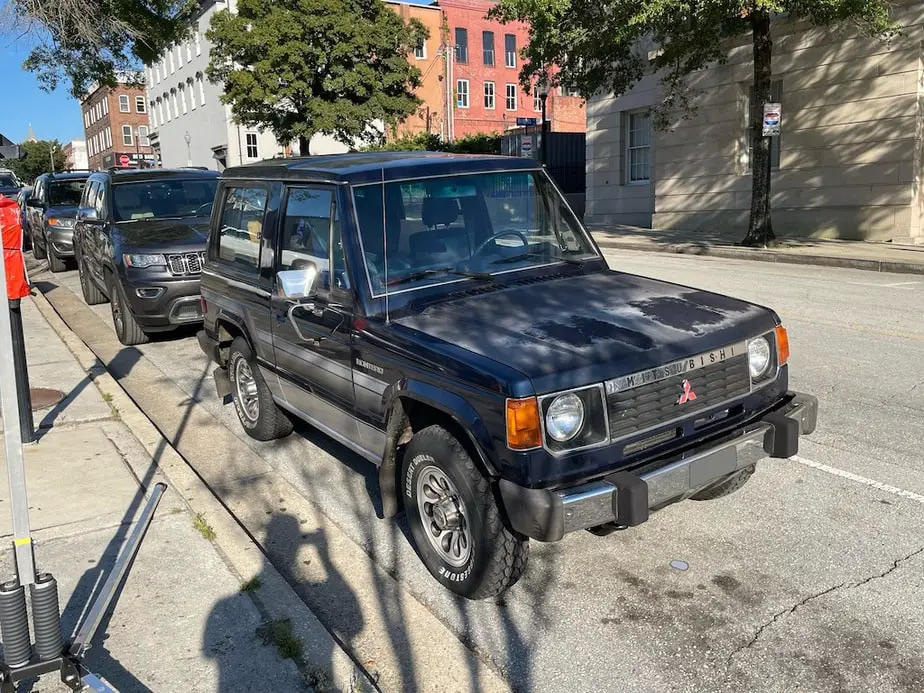
Mitsubishi, in order to compete with the Toyota Land Cruiser and Nissan Patrol (who themselves were copying many design elements from the Willys Jeep), started producing copies of the original Jeep licensed from Willys in 1953, and production of this model continued until 1998. However, Mitsubishi, using 30 years of this knowhow, produced one of the most overlooked, underrated off-roaders ever made. Enter, the Pajero.
The first Mitsubishi Pajero was launched in November 1981 as a 1982 model as both a 3 door and 5 door SUV. Shortly thereafter in 1985, a modified version of a Pajero won the Paris to Dakar rally outright, and would win 11 more times after that over the next 22 years, making it unusual: an SUV with racing pedigree.
In Australia, meanwhile, the Pajero garnered a reputation for being a less expensive, nearly-as durable alternative to the Toyota Land Cruiser, with 1st and 2nd gen models being the favorite off road. Both the 2.5 and 2.8 liter diesel engines garnered a reputation as being solid and reliable, but the 2.8 liter turbodiesel engine was particularly powerful for the time with 219 ft/lbs of torque low down where it was needed. When combined with coil springs all around, the Pajero offered a better overall performance than many off-roaders on offer new today, and, for the time, the Pajero was extremely luxurious for the class, with comforts like standard A/C, anti-lock brakes, abundant cup holders, and a 6 disc CD changer, all a big deal in the 1990s. However, the kicker was that attached to one of the most reliable SUVs ever made was a push-button system to engage the four-wheel drive, which was an unheard of luxury at a time when most serious off-roaders required you to get out of the vehicle to manually lock the hubs to fully use the 4WD system.
Even though the Pajero was sold in the U.S. under the name Montero, most of those are in relatively poor shape and have higher mileage compared to imported Pajeros. Like the Jeep CJ-7, the classic SUV mania hasn’t hit the Pajero hard like other models, and they remain very affordable. High-mileage, U.S. spec models can be had for around $6k, and even the cleanest, lowest mileage Pajeros can be had for under $15k, so budgeting 10-15k can get you a great example of a Pajero. Of them, I would try to find a post 1991, 5 door with the 2.8 liter turbodiesel 4 cylinder/manual transmission combo, though do keep in mind the newest models that are legal in the U.S. are 1997 models at the time of writing. Compared to the first gen models, the second gen models offer slightly better on-road refinement while sacrificing none of the off-road ability. Neither vehicle will be a bad bet though, and some people may prefer the more retro, shamelessly 80s aesthetic of the 1st gen models, in which case, that is the better bet.

However, do be sure to look out for rust and frame damage, as these are 25+ year old Japanese vehicles that were designed for use in less-than-desirable conditions. The fact that this model was also sold in the U.S. means that finding parts is much more straightforward than the other entries on this list, with the exception of the CJ-7 due to its cult-like following.
Overall, to get 95% of what a Land Cruiser offers without the Toyota tax on the used market is a no-brainer, especially when considering these off-roaders were made during a time Mitsubishi produced innovative vehicles that were many years ahead of their time. Even I’m tempted. Get them before people figure out that these are underrated bargains, and score one of the most reliable SUVs ever at a bargain price.
The Terrorist’s Favorite: 1984-present Toyota Land Cruiser 70
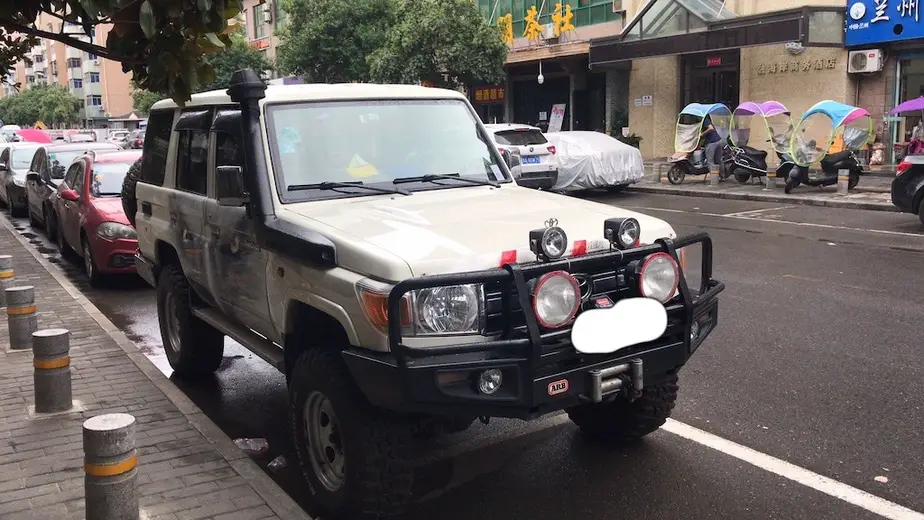
While the classic Jeep is durable in a wooden, barn door type of way, they never were able to incorporate the tech into the cars very well. Toyota, on the other hand, took durability and reliability to a whole different level. I still remember on one episode of Top Gear, the presenter at the time, Jeremy Clarkson, was famously unable to kill a Diesel engined Toyota Hilux pickup truck from the 1980s. This was after demolishing a building on top of it, setting it on fire, AND sinking it in the ocean. But this run-of-the-mill truck wouldn’t die; a testament to Toyota’s insane reliability. How does a Toyota-made, purpose built off-road workhorse fare in comparison?
This is where the Land Cruiser 70 series comes in. The direct successor to the famous FJ40 Land Cruiser, the 70 series continued and built upon the reputation for durability that the original land cruiser established, albeit in a much more modern package that lost none of the features that made the FJ40 so legendary. All that resulted in a working vehicle able to operate trouble free for hundreds of thousands of miles in conditions that would destroy most other cars. Because of this, the 70 series has become a favorite in the Australian outback, a mainstay among terrorists, and the go-to choice for NGOs working in the developing world. In comparison, a modern Jeep Wrangler is a toy, which is why they aren’t used much in those conditions.
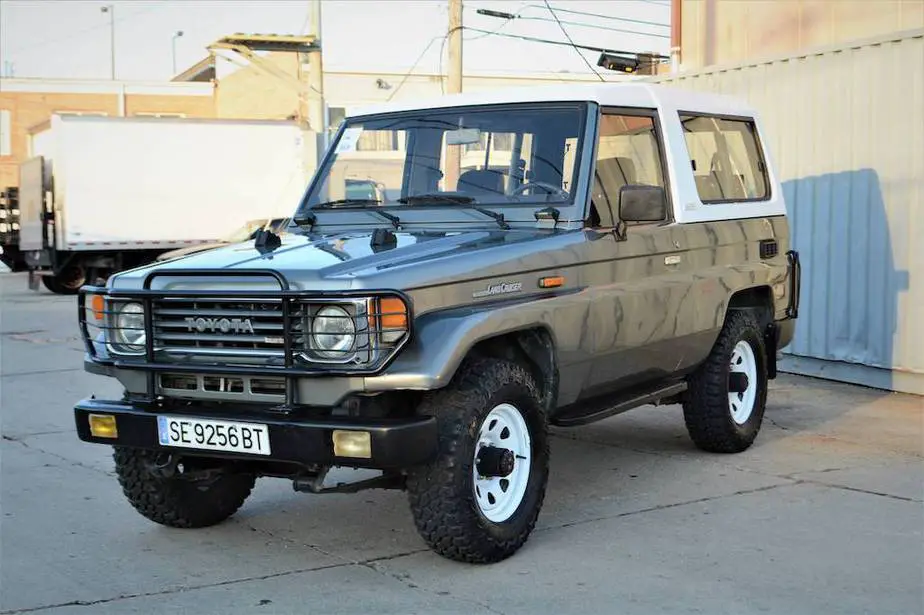
The 70 series Land Cruiser was sold nearly everywhere except North America, which means many engines, body styles, and wheelbase options available. Most commonly, they are imported from Japan, Australia, Venezuela, and Spain, and the most common body style is the 3 door, short wheelbase model with one of the many Diesel engines available. Personally, I would go for a 70 series with the 1FZ Straight 6 engine, medium wheelbase, 5 speed manual. Why? The 1FZ was also sold in the 80 Series land cruiser that was available in the U.S. from new, which means mechanical parts will be easier to come by. Also, most of these vehicles are low on power by modern standards, and the 190 hp straight 6 in a covered body is at least acceptable for keeping up with traffic. Prices vary wildly based on engine, condition, and body style, but as a rough ballpark estimate, plan to pay around 25-35k for a decent to good example of a 70 series with lower mileage and no rust.
However, once you drop below that price point, the examples on offer tend to have a lot of underbody corrosion, which is an unfortunate issue that Toyota still is dealing with even on some of their newer products. In addition, given its status as a grey-market import, even if you do buy a 70 series with the 1FZ gasoline straight six, certain other components could prove difficult to source, but as the popularity of these incredibly durable 4X4s grows in the U.S, this will change for the better.
If you want the absolute best, most durable, and longest lasting off road vehicle that has ever been produced anywhere in the world, then a 70 series Land Cruiser is the only vehicle that will fit your needs.
The Communist Option: 1977-present Lada Niva
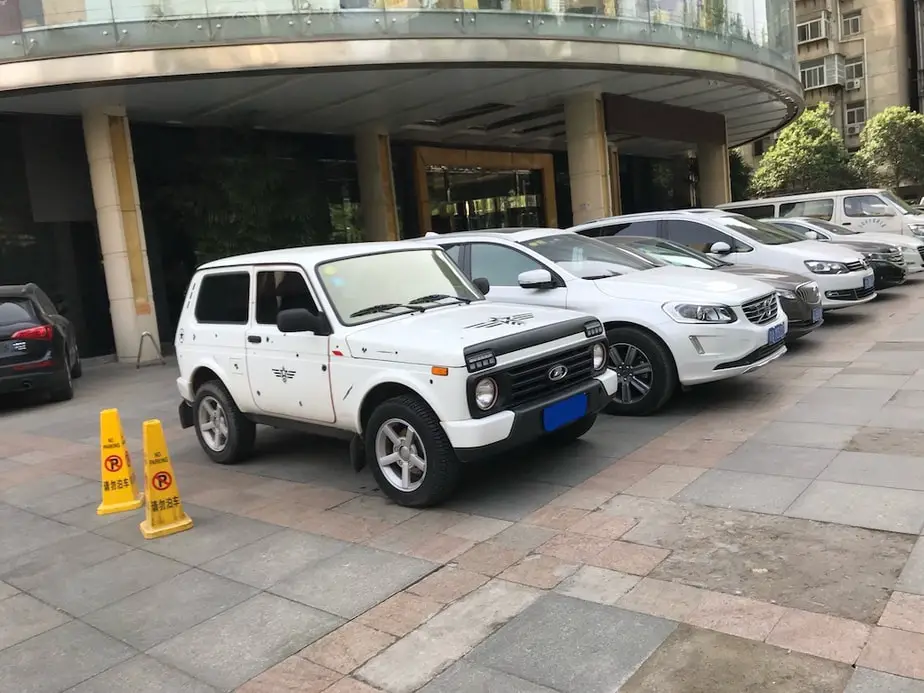
Do you need an off-road vehicle comrade? Yes, you do. Okay, here is your off road vehicle to seize the means of production, a Lada Niva. That will be 5 years on the waiting list, a sack of potatoes, some bear milk, a month’s worth of food ration cards, and, well, a little something extra for me, if you know what I mean (wink wink!)
Is this what buying a Lada was like new in 1977? Probably not. But one thing hasn’t changed much since 1977, and that is the Niva itself, which has been churned out and is still available new in pretty much the same form it has been since Leonid Brezhnev was in power, so a 2021 model year Niva is still pretty much, as the Soviets themselves described it, “a Renault 5 on a Land Rover chassis.” So, given it hasn’t changed, is it good? Well, that depends on your definition. The interior plastics are bad even by the standards of the 1970s, and the rest of the interior is nothing too special. The Niva is laughably slow by modern standards, as the engine doesn’t even churn out 100 horsepower. Tire noise is a non-issue, not because it isn’t there, but because the whine of the gearbox drowns it out. Is it refined on road? Not in the slightest. Even a Suzuki Jimny is a better bet on road. Is it luxurious? Well, not at all, as the Lada Niva is, in these regards, so bad, that it circled back around and is good in a hipster kind of way.
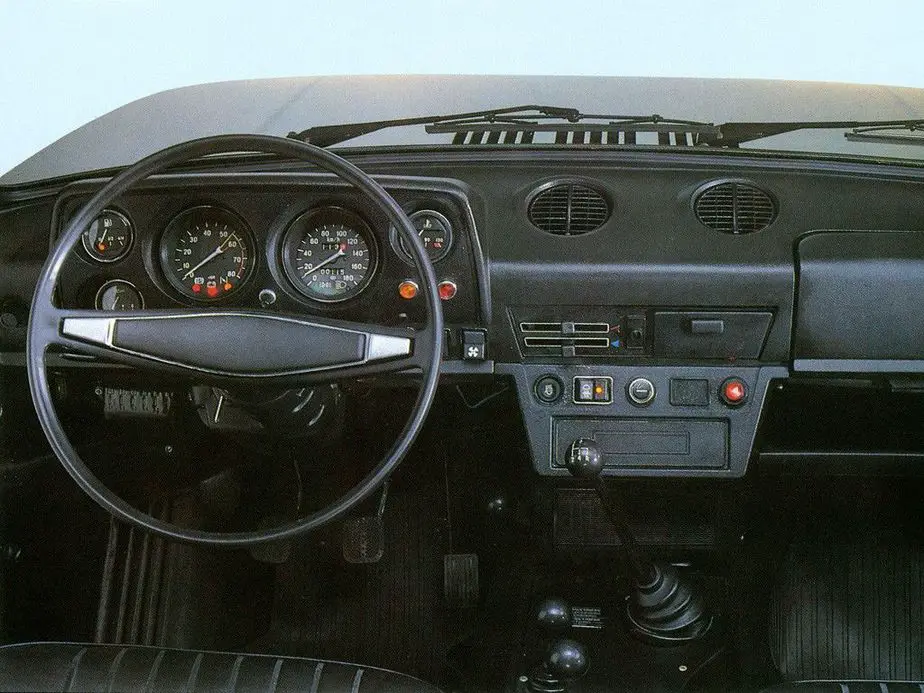
And that’s exactly why the Lada Niva is the best car that ever came out of the Soviet Union, and it’s one of the most reliable SUVs to come out of Europe as a whole! The overall design, while quite agricultural, is actually quite durable, as the Niva is fairly well put together, and there is little to actually go wrong with the car. The mechanicals, while simple, are known to be quite reliable, as an unmodified Lada Niva was brought to Antarctica in 1989 for use at the Soviet research base there, and was used as a working vehicle by the scientists there until 2005, when it was brought back to Russia to take residence in Lada’s museum. Such a simple, honest, purpose built vehicle like the Lada Niva is a rare commodity in today’s automotive landscape, making it even more remarkable that it still exists as a brand new car in 2021 that is pretty much identical to models that can be imported into the U.S. legally!
The Lada Niva, over its 44 years of production, has been made in many variations and sold to many countries around the world, including all of Europe, Canada, and throughout the former Soviet Union. While new Nivas start at $8k USD in Russia, Americans will be looking at pre-1996 models due to the 25 year import rule. Starting in 1995, Lada began making a 5 door, long wheelbase model. Personally, I would go for the original, short wheelbase 3 door model instead, since the extra weight of the longer wheelbase hampers raw off road capability and the underpowered engine won’t be helped much by the additional weight. As with other old off-roaders, do check for rust, especially around the door stills, as Nivas tend to rust there. Also note that as a relatively uncommon vehicles in this part of the world, parts availability may not be as good as other vehicles on this list. Fortunately, because the Niva was sold new in Canada in the 1980s, that makes sourcing parts slightly easier than many grey market imports. Though they don’t come up too often in the U.S, when they do, $10-15k will get you a good, driver quality Niva with lower mileage and no rust.
Overall, the Lada Niva is a simple, mechanical, workman’s workhorse that is, in my view, a better Jeep than Jeep ever made. The Niva is fantastic, affordable option for the American looking for a durable, counterculture off-roader that will both conquer the trails, and troll the “freedom ain’t free” lifted truck drivers at the same time
Honorable Mentions: Every other body-on-frame Toyota and the Suzuki Samurai (2nd gen Jimny)
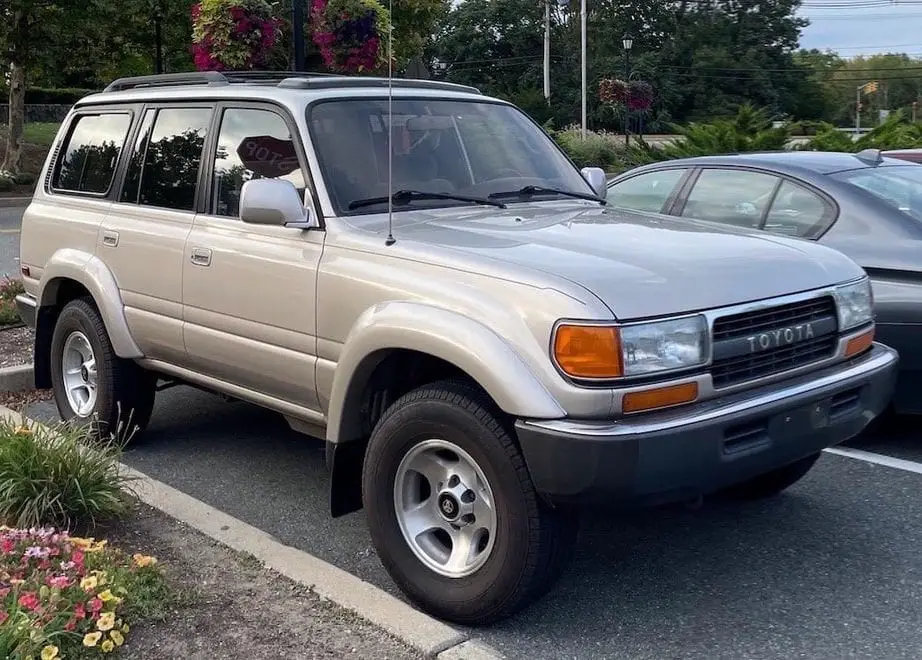
Though they didn’t make the cut, other Toyota SUVs like the rest of the Land Cruiser generations, and the 4runner/Hilux Surf are also excellent choices. The only reason I didn’t include them is that despite the fact these vehicles have also garnered a reputation for near bulletproof reliability and durability the 70 series edged them out just barely, and I didn’t want this list to simply be a list of Toyota’s heritage SUVs.
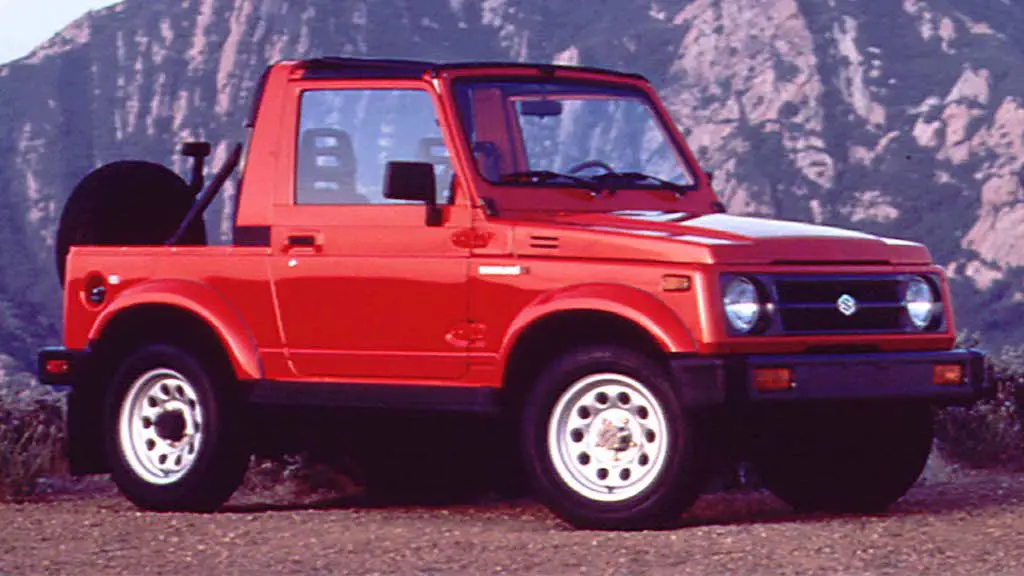
As for the 1985-1995 Suzuki Samurai (2nd gen Suzuki Jimny) also deserves a spot on this list. It was, like the Lada Niva, a cheap, reliable 4X4, but, unlike the Niva, was actually sold in the U.S. and quite popular. However, the reputation hit from a Consumer Reports piece on how these were “at a high risk of rollovers” left a black mark on Suzuki, even to this day, meaning the Niva got a slight edge over the Samurai for this list. However, all of the honorable mentions are also good choices for a reliable SUVs that will outlast most of what is on the road today.
Summary
Depending on your needs, any of these SUVs, if properly maintained, will last multiple lifetimes and beyond. What is your favorite off-road SUV? Which of these off-roaders would you personally buy? What are the most reliable SUVs you have owned? Let me know down in the comments below.
